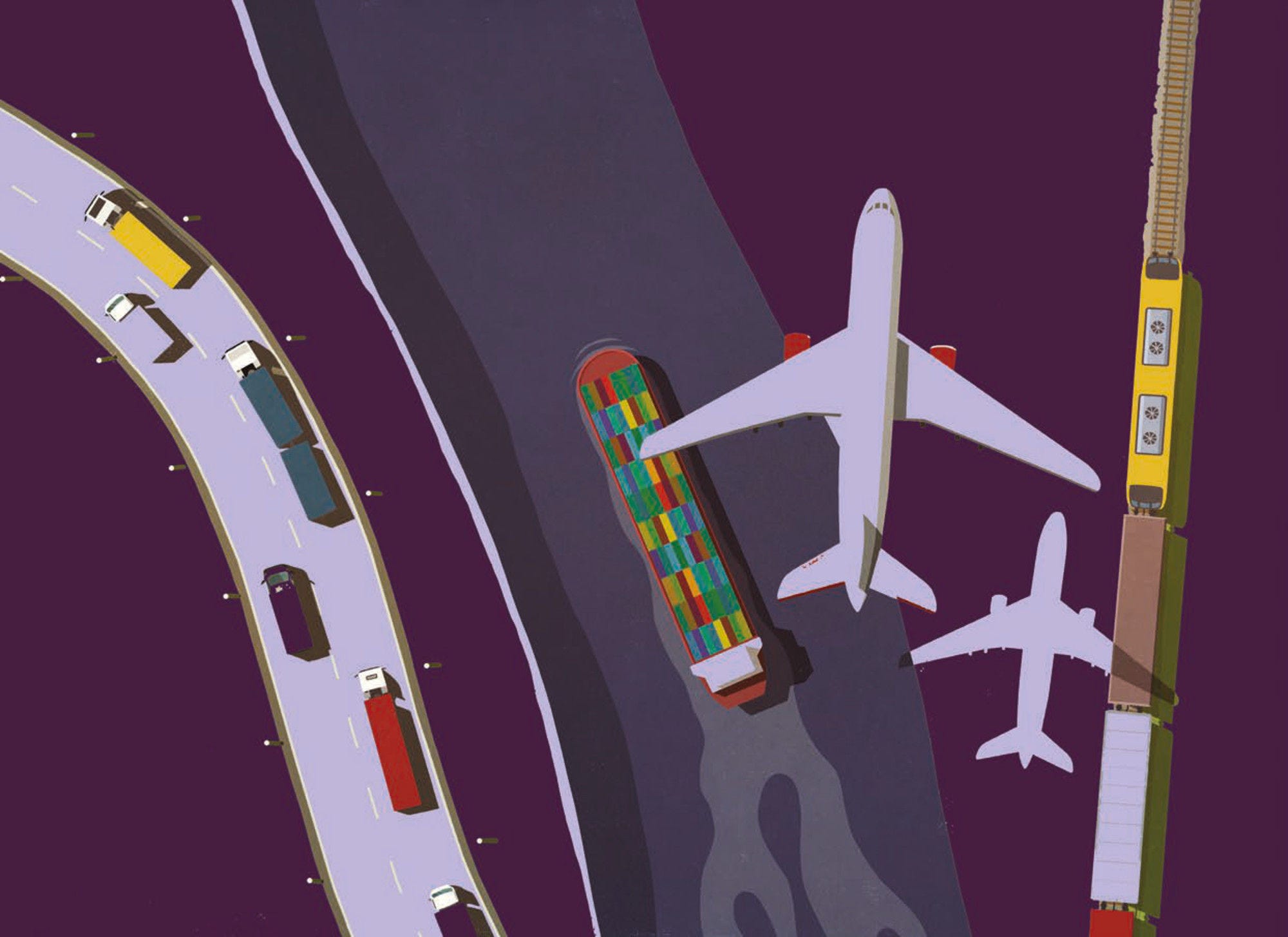Central Asia's trade performance has displayed remarkable resilience to recent economic shocks. Nevertheless, the region’s dependence on a limited number of export commodities and a narrow range of trading partners exposes it to significant risks. Central Asian governments are therefore prioritising improved connectivity to integrate better into global value chains, reduce geographical disadvantages, and increase imports and exports. Trade facilitation plays a pivotal role in achieving these goals by reducing trade costs and fostering integration. However, Central Asia still faces substantial challenges, and, despite significant improvements in recent years, it falls behind most of the regions covered by the OECD's Trade Facilitation Indicators (TFI). This report takes stock of TFI progress in Kazakhstan, Kyrgyzstan, Tajikistan, and Uzbekistan, presents preliminary results for Turkmenistan for the first time, and showcases areas of TFI improvement. It also evaluates remaining trade barriers and provides recommendations to for trade facilitation reforms, including the need to prioritise trade community feedback to streamline procedures, digitalise and harmonise standards, and implement systemic border agency co-operation mechanisms. A co-ordinated approach to improving trade facilitation across the region could reduce trade costs substantially, lifting both trade turnover and growth.
Trade Facilitation in Central Asia

Abstract
Executive Summary
Central Asia has been improving trade facilitation
The governments of Central Asia have made significant progress in trade facilitation, as evidenced by improvements in their performance on the OECD Trade Facilitation Indicators (TFI) in 2022. Uzbekistan achieved the largest relative performance improvement since 2019, while Kazakhstan led in absolute TFI score increase and is the best regional TFI performer. Governments in Central Asia have improved the guidelines and procedures for public consultation processes with a focus on engaging the trade community in policy design. They have expanded the early release of draft rules for public feedback, transparent notice-and-comment frameworks, and efforts to involve a wider range of stakeholders, enhancing inclusivity and transparency. Governments have established National Committees for Trade Facilitation, which together with well-functioning mechanisms for consultations with traders, are contributing to enhancing public-private co-operation for trade facilitation. The increased availability of information in real-time among domestic agencies enhances day-to-day co-operation between border agencies.
Nevertheless, challenges persist due to limited dissemination of information, deficient digitalisation and automation, and poor agency co-operation. Governments have improved information provision, but further efforts are needed, particularly in harmonising and making trade-related regulations readily available. There is room for improvement in providing comprehensive and user-friendly information on penalty provisions, appeal procedures, judicial decisions, and trade agreements. This includes making trade-related legislation available online, with particular emphasis on harmonising the advance publication of regulations before they come into force, a gap observed in Tajikistan and Uzbekistan. Kyrgyzstan, Tajikistan, and Uzbekistan face challenges in digitalising and automating trade procedures. While progress has been made across the region, there remains a need to enhance electronic data interchange, pre-arrival processing, and the implementation of national online trade Single Windows. Finally, Central Asia faces lasting deficiencies in domestic and international border agency co-operation. Efforts are being made to improve co-ordination, but further steps are needed to enhance collaboration among agencies and streamline border processes.
Countries should further include the trade community in policymaking, harmonise regional standards, and intensify agency co-operation. Kazakhstan, Kyrgyzstan, Tajikistan, Turkmenistan, and Uzbekistan should prioritise consulting the private sector and disseminating trade facilitation tools and information. This includes advance rulings, user-friendly customs websites, and transparency in trade-related regulations. The Central Asian economies should also work on reducing the duplication of paper and electronic clearance procedures through enhanced digitalisation efforts, such as aligning customs documents, implementing electronic payment systems, and harmonising e-customs systems. Crucially, to improve regional co-ordination and collaboration, governments should empower customs agents for selected border agency controls, establish steering committees, and develop domestic mechanisms to support inter-agency co-ordination. This partnership should extent to regular meetings with the private sector and regional co-operation should also be encouraged, including through exchange of staff and training programmes to promote interoperability among border agencies.
Related publications
-
 24 October 2024
24 October 2024




